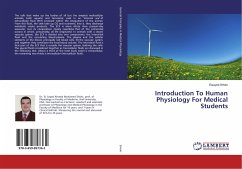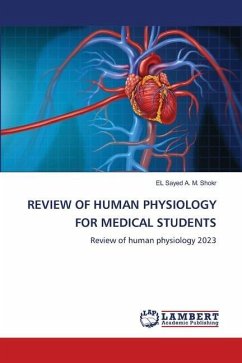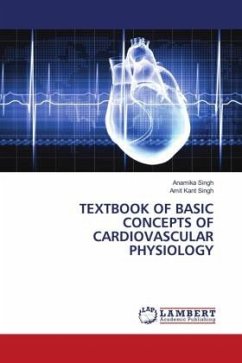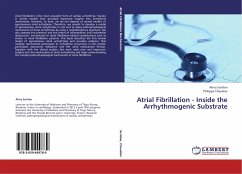The cells that make up the bodies of all but the simplest multicellular animals, both aquatic and terrestrial, exist in an "internal sea" of extracellular fluid (ECF) enclosed within the integument of the animal. From this fluid, the cells take up O2 and nutrients; into it, they discharge metabolic waste products. The ECF is more dilute than present-day seawater, but its composition closely resembles that of the primordial oceans in which, presumably, all life originated. In animals with a closed vascular system, the ECF is divided into two components: the interstitial fluid and the circulating blood plasma. The plasma and the cellular elements of the blood, principally red blood cells, fill the vascular system, and together they constitute the total blood volume. The interstitial fluid is that part of the ECF that is outside the vascular system, bathing the cells. The special fluids considered together as transcellular fluids are discussed in the following text. About a third ofthe total body water is extracellular; the remaining two thirds is intracellular (intracellular fluid).
Bitte wählen Sie Ihr Anliegen aus.
Rechnungen
Retourenschein anfordern
Bestellstatus
Storno








